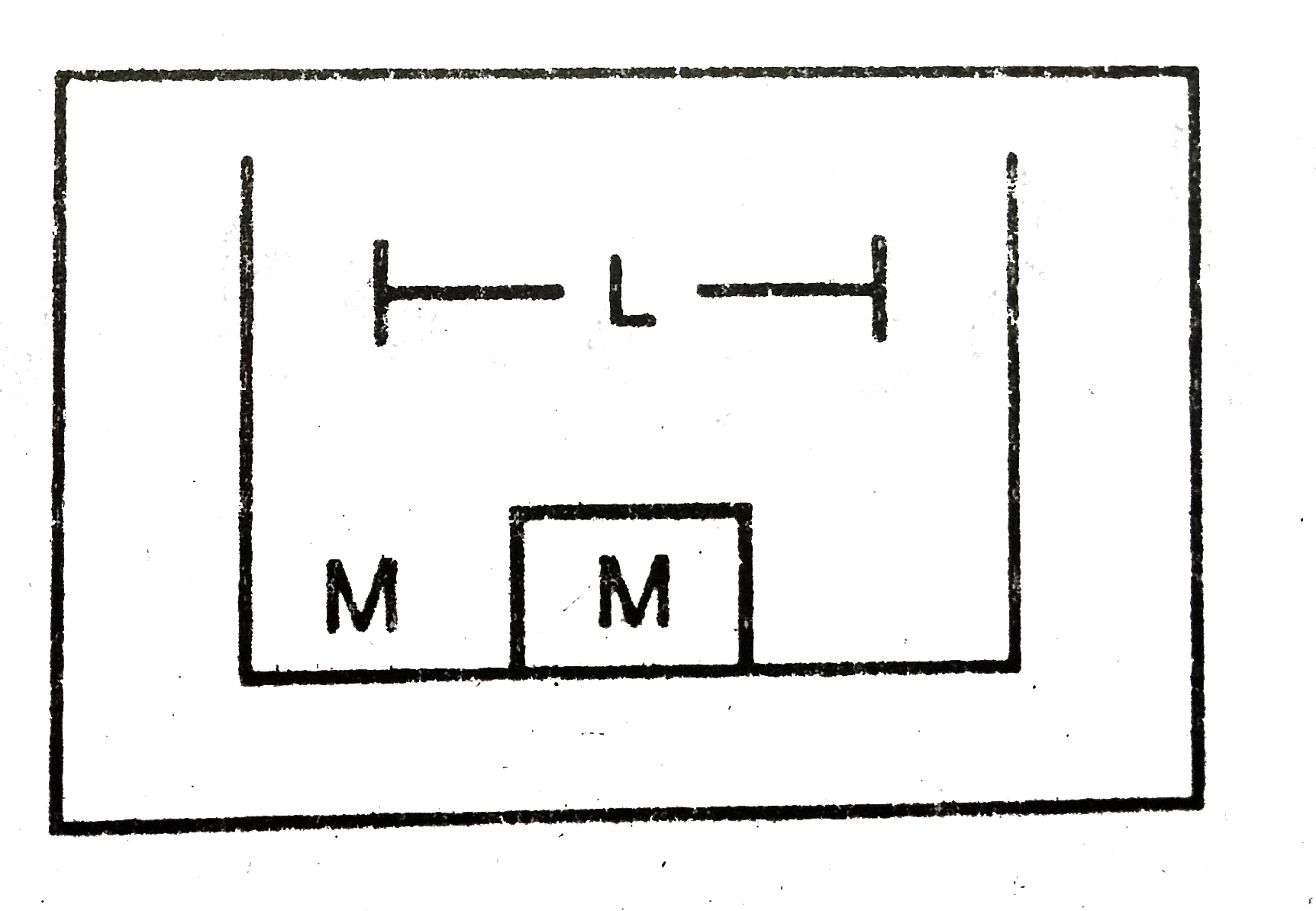An ice cube is suspended in a vacuum in gravity free hall. As the ice melts it
will retain its cubicasl shape
will change its shape to spherical
wil fall down on the floor of the hall
wil fly up
To solve the question "An ice cube is suspended in a vacuum in a gravity-free hall. As the ice melts it...", we can follow these steps:
1. Understanding the Environment:
- The ice cube is in a vacuum and in a gravity-free environment. This means there are no external forces acting on the ice cube due to gravity, and there is no air pressure.
Hint: Consider how the absence of gravity and air affects the behavior of the ice cube.
2. Melting Process:
- As the ice cube melts, it transitions from a solid state (ice) to a liquid state (water). This phase change is important to consider.
Hint: Think about the properties of solids versus liquids, particularly how they behave in different environments.
3. Surface Tension:
- Once the ice melts, the resulting water will have surface tension acting on it. Surface tension is a property of liquids that causes them to minimize their surface area.
Hint: Recall how surface tension works and its effects on the shape of liquids.
4. Shape of the Water:
- In a gravity-free environment, the water will not be influenced by gravitational forces to take a specific shape. Instead, the surface tension will dominate, causing the water to minimize its surface area.
Hint: Consider what shape has the least surface area for a given volume.
5. Conclusion:
- The shape that minimizes surface area is a sphere. Therefore, as the ice melts into water, it will take on a spherical shape due to the effects of surface tension.
Hint: Remember that the sphere is the geometric shape that minimizes surface area for a given volume.
Final Answer:
As the ice cube melts in a vacuum in a gravity-free hall, it will change its shape to a spherical shape due to the effects of surface tension minimizing the surface area of the liquid water.
- The ice cube is in a vacuum and in a gravity-free environment. This means there are no external forces acting on the ice cube due to gravity, and there is no air pressure.
- As the ice cube melts, it transitions from a solid state (ice) to a liquid state (water). This phase change is important to consider.
- Once the ice melts, the resulting water will have surface tension acting on it. Surface tension is a property of liquids that causes them to minimize their surface area.
- In a gravity-free environment, the water will not be influenced by gravitational forces to take a specific shape. Instead, the surface tension will dominate, causing the water to minimize its surface area.
- The shape that minimizes surface area is a sphere. Therefore, as the ice melts into water, it will take on a spherical shape due to the effects of surface tension.
As the ice cube melts in a vacuum in a gravity-free hall, it will change its shape to a spherical shape due to the effects of surface tension minimizing the surface area of the liquid water.
Topper's Solved these Questions
- SOME MECHANICAL PROPERTIES OF MATTERBOOK - HC VERMA ENGLISHCHAPTER - SOME MECHANICAL PROPERTIES OF MATTEREXERCISE - Objective-2
7 Videos
- SOME MECHANICAL PROPERTIES OF MATTERBOOK - HC VERMA ENGLISHCHAPTER - SOME MECHANICAL PROPERTIES OF MATTEREXERCISE - Question For short Anser
18 Videos
- SIMPLE HARMONIC MOTIONBOOK - HC VERMA ENGLISHCHAPTER - SIMPLE HARMONIC MOTIONEXERCISE - Question for short Answer
15 Videos
- SOUND WAVESBOOK - HC VERMA ENGLISHCHAPTER - SOUND WAVESEXERCISE - All Questions
133 Videos
Similar Questions
Consider an ice cube of edge 1.0 cm kept in a gravity-free hall. Find the surface area of the water when the ice melts. Neglect the difference in densities of ice and water.
View SolutionStatement-1: An ice cube is floating in water in a vessel at 0∘C when ice cube melts level of water in the vessel remain same.
Statement-2: Volume of melted ice is same as volume of water displaced by ice.
View Solution
Knowledge Check
An ice cube has a surface area of 150 square centimeters. If the ice cube melts at a constant rate of 13.0 cubic centimeter per minute, the number of minutes that elapse before the ice cube is completely melted is closest to which of the following?
A10B11C12D14
A cubical block of ice of mass m and edge L is placed in a large tray of mass M. If the ice melts, how far does the centre of mass of the system ''ice plus tray'' come down?
View SolutionWhen ice melts at 1∘C :
View SolutionConsider a gravity free hall in which a tray of mas M, carrying a cubical block of ice of mass m and edge L, is at rest in the middle.. If the ice melts, by what distance does the centre of mass of the tray plus the ice system descend?

View SolutionAn ice cube containing a galss ball is floating on the surface of water contained in a trough. The whole of the ice melts, the level of water in the trough
View SolutionA piece of ice is floating in a vessel containing water and inside the ice is a bubble of air. What will be the effect on the level of water, when the ice melts?
View SolutionA piece of ice is floating in a beaker containing thick sugar solution of water. As the ice melts, the total level of he liquid
View SolutionAn ice-cube of edge is 10 cm floating in water. Time period of small vertical oscillations of the cube is: (Specific gravity of ice is 0.9)
View Solution
